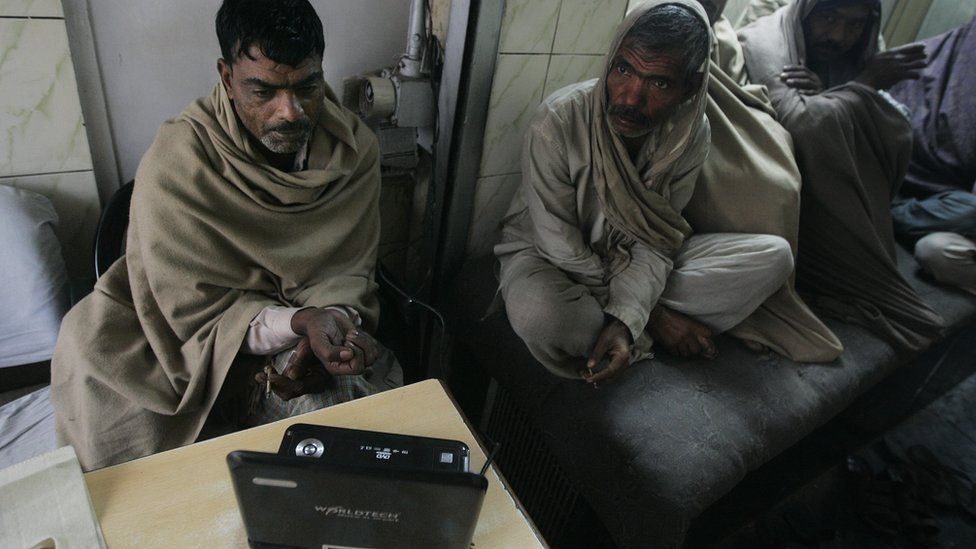(ATF) With more than 560 million internet users, India is racing ahead in its digital sprint to emerge as the second-largest online market in the world behind China. But half of them cannot really use the internet at all because they do not know the language of the country’s digital highway.
According to MAIT, the Indian IT manufacturing association, a huge number of Indians are getting deprived of the opportunity to participate in India’s growth story because they do not know English, the technology world’s lingua franca.
MAIT estimates that currently, around 280 million Indians out of the population of 1.4 billion do not know how to read or write in English, which means 80% of Indians are “Language Outcastes”.
“As more of the economy and economic activity go digital, 80% of Indians are being marginalised,” and India may be, inadvertently, creating a situation of “Digital Poverty”, says the industry association.
Vernacular for digital consumption
According to MAIT, the use of digital technology is a natural progression as it generates new and more efficient models, delivering better quality, reach, lower costs and customization in an economy.
However, since digital technology in the country is heavily biased to English, the section of the population that does not know English are unable to participate in ‘Digital Consumption’, or the use of IT for productivity.
Terming the use of IT akin to ‘spending’, which is a key link in the economic cycle, MAIT says that to create wealth, every Indian has to add value to the economy, which requires engaging in productive activities, which in turn requires the use of a personal computer – the “productivity work horse” of the digital world.
The lack of the knowledge of English in India’s primarily English-speaking digital world hence, is leaving all those who live in Bharat (vernacular-speaking India) out of India’s growth story
“For Bharat to truly empower its people we have to enable them to do “value creation” in vernacular languages. Thus “Vernacular Digital Productivity” is critical to India’s growth story and for this PCs and the tools on PCs need critical attention by policy makers,” says MAIT.
Tipping point
However, the good news is technology is at a tipping point to make this happen.
For instance, the top two operating systems used in productivity devices such as PCs are Windows and IOS. And both support the use Indian vernacular language in most popular applications like Word, Excel, PPT, and the likes.
India today even has vernacular domain name services that allow email IDs in many local languages, as well as local languages input and output devices like the keyboard, display and printer.
But that is not sufficient and the remaining gaps need to be identified and bridged, which has to be done only by India, adds MAIT.
Common economic activities carried out on the digital infrastructure in English, like internet banking, share trading, filing an appeal in the courts, eCommerce, names and specifications of medicine and merchandize, medical reports, are some of the wide gaps that still need to be bridged by transforming such services in vernacular languages, says MAIT.
According to the association, if India has to achieve its dream of a $1-trillion digital economy by 2025, the country has to enable Bharat on the digital highway.
“India must engage on how to bring about creation of vernacular digital technology in education and economy. No one else will do it for Bharat. And if China can do it for China, Japan for Japan then India has to do it for India,” MAIT says.
MAIT, the apex Industry body for electronics and ICT, with leading global technology companies as its members is keen to engage with the country to articulate goals, identify gaps, flag mile stones and draw up the road map to make Digital Bharat a reality, it adds.
READ MORE: Third wave of IT outsourcing to drive mega deals for India’s top-5
READ MORE: India shackles Google, Walmart but greenlights WhatsApp
























